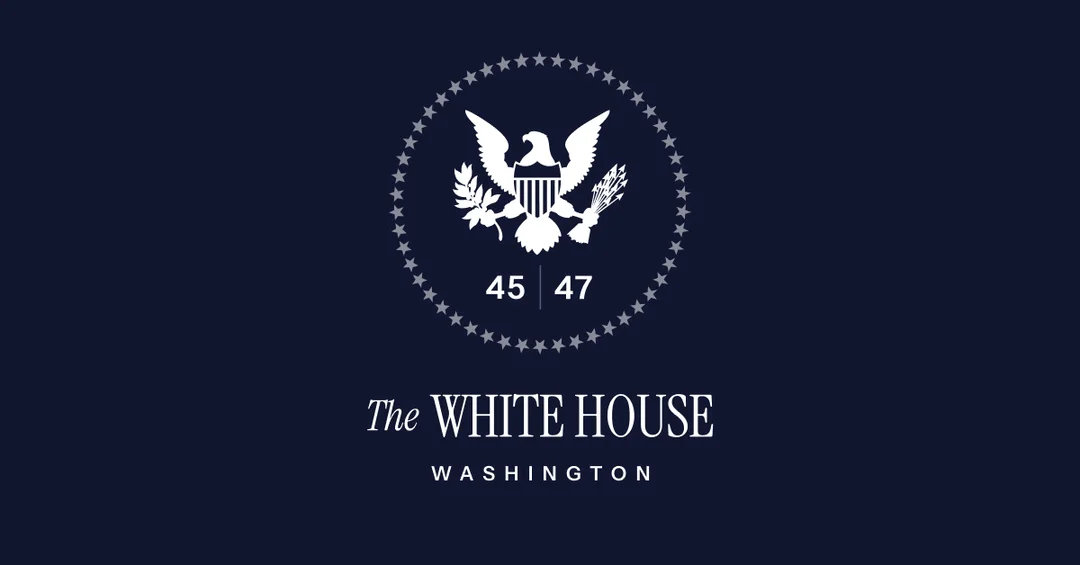
Trump’s Smithsonian Changes Spark Debate on American History
President Trump's recent actions have ignited a fiery debate over the portrayal of American history at the Smithsonian Institution. A series of executive orders, notably 'Restoring Truth and Sanity to American History,' aim to reshape the narrative presented in Smithsonian museums, particularly the National Museum of African American History and Culture. Critics argue that these changes downplay systemic racism and alter historical facts, prompting accusations of censorship and historical revisionism.
The controversy intensified when the Smithsonian announced adjustments to its exhibits following Trump's directives. These changes have led to a significant increase in visitor numbers at the African American museum, as the public seeks to understand the implications of these shifts. The debate has extended beyond the museum walls, with scholars, politicians, and the public engaging in heated discussions about the role of history in shaping national identity.
The move has been framed by the administration as an effort to promote 'patriotic education,' yet it has raised concerns about the integrity of historical education and the erasure of marginalized voices. As the nation grapples with these changes, the Smithsonian's role as a guardian of American history remains under scrutiny.
Related issues news
Who controls the Smithsonian Institute?
Congress vested responsibility for the administration of the Smithsonian in a 17-member Board of Regents.
How are the Smithsonian Museums funded?
The Smithsonian isn't a federal agency — it's a public-private partnership. But it does receive federal funds, and its employees are a mix of civil servants and people with 'trust fund positions,' which are roles funded through sources that include business activities and grants.
Who funds the Smithsonian?
Initially funded through Smithson's estate, the institution is now 62% federally funded through a combination of congressional appropriations and federal grants and contracts. The remaining funds come from nonfederal sources, like endowments, donations, memberships, magazine subscriptions, concessions and more.